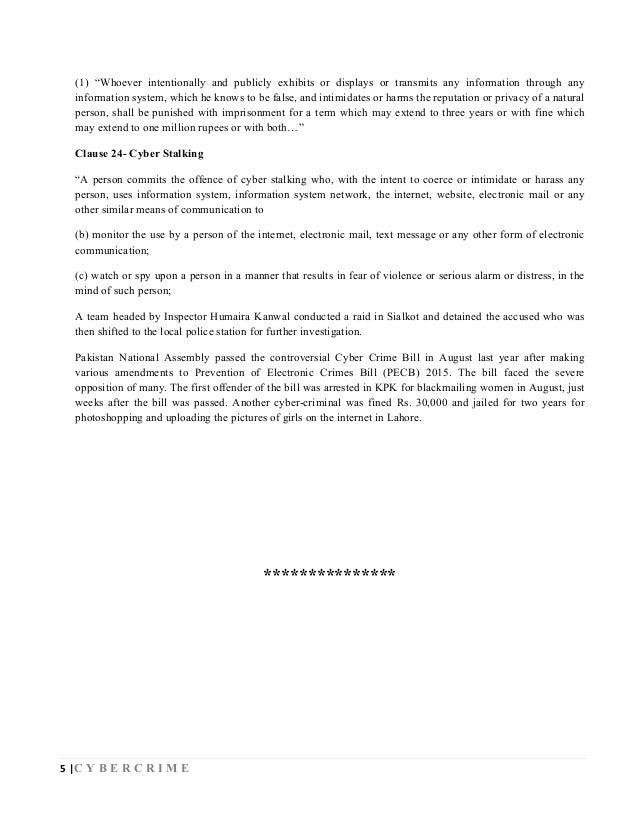

The greater the time period, the greater the freedom the producer has to vary the quantities of various inputs used in the production process. Production involves time hence, the way the inputs are combined is determined to a large extent by the time period under consideration.

This reveals that in the production process none of the factors can be ignored and in some cases ignorance to even slightest extent is not possible if the factors are perfectly specific. The specificity may not be complete as factors may be used for production of other commodities too. Machines and equipment’s, specialized workers and raw materials are a few examples of the specificity of factors of production. It reveals that the inputs are specific to the production of a particular product. “The production function is purely a technical relation which connects factor inputs and output.” Prof.

In simple words, production function refers to the functional relationship between the quantity of a good produced (output) and factors of production (inputs). For instance, when the marginal product of the land is equal to that of labour, capital and organisation, the production becomes maximum. According to the principle of equi-marginal returns, any producer can have maximum production only when the marginal returns of all the factors of production are equal to one another. The producer secures the best combination by applying the principles of equi-marginal returns and substitution. For this sake, he decides to maximize the production at minimum cost by means of the best combination of factors of production. The aim of the producer is to maximize his profit. Therefore, the producer combines all the four factors of production in a technical proportion.


 0 kommentar(er)
0 kommentar(er)
